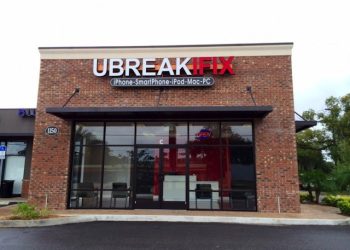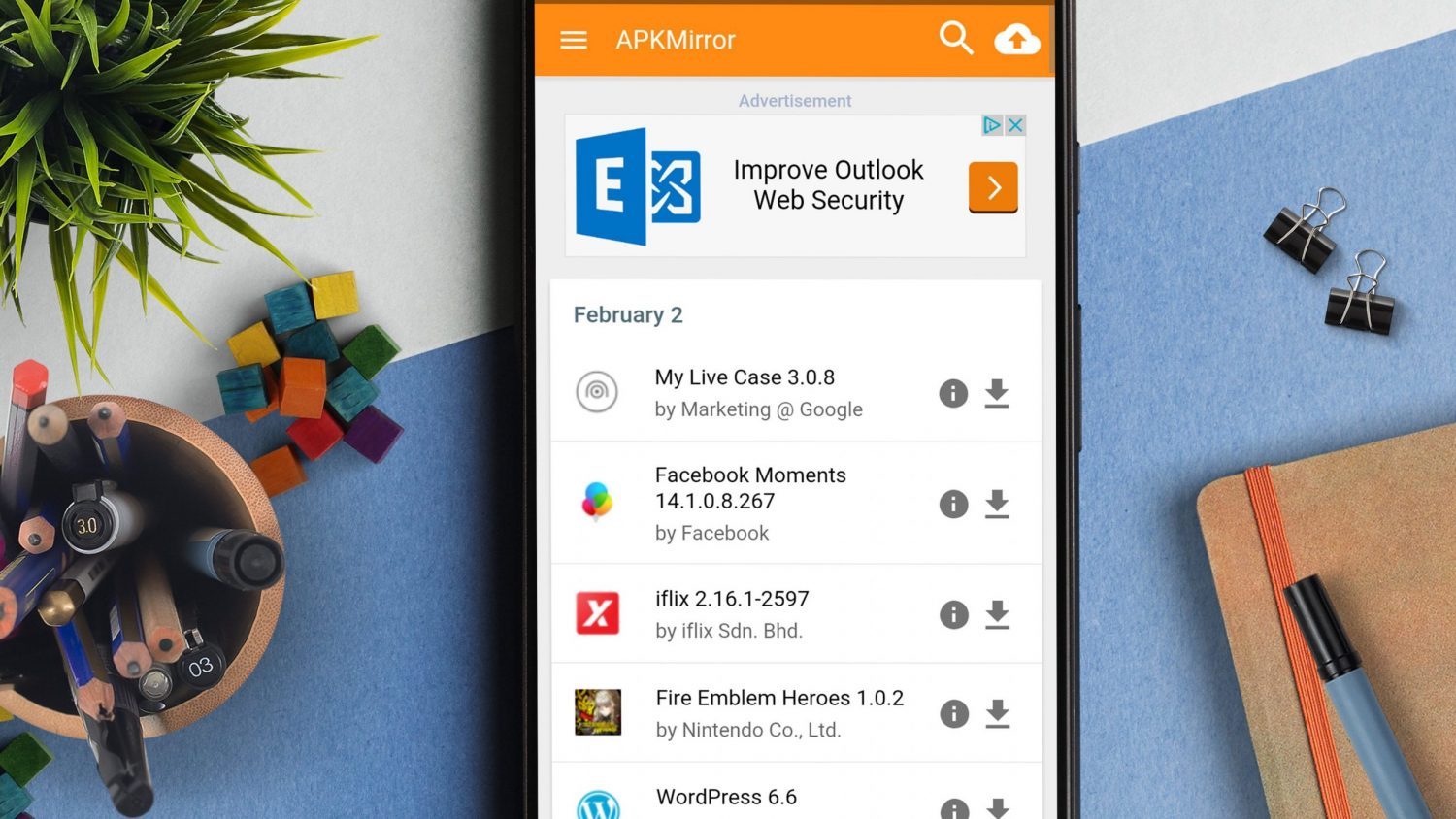Having a digital presence on practically every platform available has become critical for every sort of business out there. It makes no difference whether you sell anything online or not; you will need to develop your digital presence in the best way feasible.
Mobile apps are one of the best venues for targeting your clients who are present on the mobile platform and you will need to back up your idea of developing an appealing mobile app with a sufficient budget. Budgeting for mobile app development is identical to budgeting for other projects.
How much will the development of your app cost? The first thing a development team should do before beginning work on your project is to answer this question. A quote will clearly show you if a mobile app development company is suited for you and if you are the proper client for them.
Understanding the fundamentals of mobile app development budgets:
The following are some of the points that will help you understand the total cost of mobile app development and you can easily influence the price range with the use of these elements:
- Native vs. Hybrid: The approach to your app development will serve as a starting point for determining the overall cost. Native apps are developed to meet the requirements of a specific operating system. As a result, you will need to create a native app for each operating system available and the overall cost of developing the app will rise in tandem with the number of operating systems that you will target.
The hybrid app, on the other hand, can run on a variety of operating systems, allowing you to target many operating systems while saving money. This is the key reason for the lower cost of designing a hybrid app. However, due to the high performance and technological superiority of native apps, most businesses choose this alternative exclusively.
- iOS vs. Android: When creating an app development budget, it’s critical to understand the price variances based on the mobile platform. Many people believe that designing a mobile app for Android and iOS will be different, however, this is a fallacy. In the contemporary era, developing apps for both Android and iOS are of the same price. If you develop apps for both platforms, you will be able to launch them on both simultaneously.
- The cost of developing an app varies greatly: A desktop computer and a laptop computer fulfill virtually identical functions, but they are drastically different and the same is true for software solutions. The cost of developing an app like Amazon will be significantly less than that of developing an app like Uber.
Considerations for Creating a Mobile App Development Budget:
- Determine What You Wish To Construct: Before creating a budget for your potential app, you must first decide on its feature set, project timelines. You should also decide whether you will outsource your project to the mobile app development services provider or will get it developed from your in-house team. Setting specific goals is the best approach to do this.
The following is a collection of questions to help you set clearly defined goals:
- What is the demographic of your intended audience? Who will be using your app?
- What are the names of your competitors?
- What entices customers to download and utilise your app? What is the unique selling point of your mobile app?
- What is the problem that your mobile app is seeking to solve?
- What features should your mobile app have?
- What do you hope to accomplish in the short term (typically within a week) and over the next 3-6 months?
- Analysis of Needs: It is more important to recognise the necessity for a mobile app before you even contemplate creating a budget. To address this, consider the following scenarios:
- You want to establish an app as an extension of your brand identity, offering your customers a mobile-friendly experience.
- You are an app developer that has identified a unique opportunity and wishes to develop a mobile app to capitalise on it.
- Your competitors are already embracing mobile apps, and you don’t want to miss out on this chance.
- You want to offer your clients an engagement platform that is intimately tied to your product.
- Set up money for unexpected costs: Developer hours are often more expensive than designer and QA hours. Before generating a budget, you must first determine how many hours will be spent on each phase of development. Set aside cash for development, deployment, publishing, integration, testing, and quality control to get a clear view of your budget. It’s always a good idea to leave a modest margin of uncertainty around the specific statistics.
Also, while the set price model offered by certain development firms appears to be reasonable, it does not allow for much customisation unless you agree to pay extra to make such adjustments.
- Examine Functionality: Each new function or feature added to your app will increase the overall cost. You can stay inside your budget by having a modest amount of features while still giving outstanding functionality to your customers. Prioritizing each feature based on user demand is crucial. A video platform, for example, necessitates the use of a live-streaming app, such as Netflix.
- Choose between in-house development and outsourcing: While creating an app is a fantastic idea, one must be clear about how it will be developed. In other words, it must be decided if the app will be developed in-house or outsourced to a mobile app development company. Many firms may not have the option of the in-house team and as a result, may choose to outsource this to a third party. While designing an app in-house isn’t difficult, most people want a high-quality result, which can only be attained when the application is created by an experienced professional or agency.
- Select a Platform: With iOS and Android accounting for 97 percent of the worldwide mobile market share, the best way to develop mobile apps is to design for both platforms and launch them simultaneously. However, this isn’t always achievable; time, expense, and resource limits may prevent you from generating for both simultaneously. Alternatively, you may attempt releasing on one platform first and then adding a second platform afterward.
- App Promotion: Once the app has been developed, it must be effectively advertised. Marketing the app, on the other hand, should be given careful consideration because so much is at stake. Though there are many dos and don’ts to keep in mind, a successful app will scale effectively if it has made an impact on tech blogs, social media, and, of course, the press.
Conclusion:
While there are many more factors to consider when building a budget than those listed above, these are frequently the ones that have the largest impact on your total end cost. Once you’ve reached an agreement on a budget, remember to keep track of total expenditures as well as particular data about where the money is going. As your project proceeds, it is always a good idea to evaluate your budget with your mobile app development company regularly to verify that funds are being utilized appropriately and that you obtain a functional product on schedule and within budget.
Author Bio:
Arjun Solanki is a Business Growth Strategist at a Leading Software Development Company. He has experience in developing and executing digital strategies for large global brands in a variety of business verticals. Apart from working on a long-lasting relationship with customers and boosting business revenue, he is also interested in sharing my knowledge on various technologies and their influence on businesses through effective blog posts and article writing.







